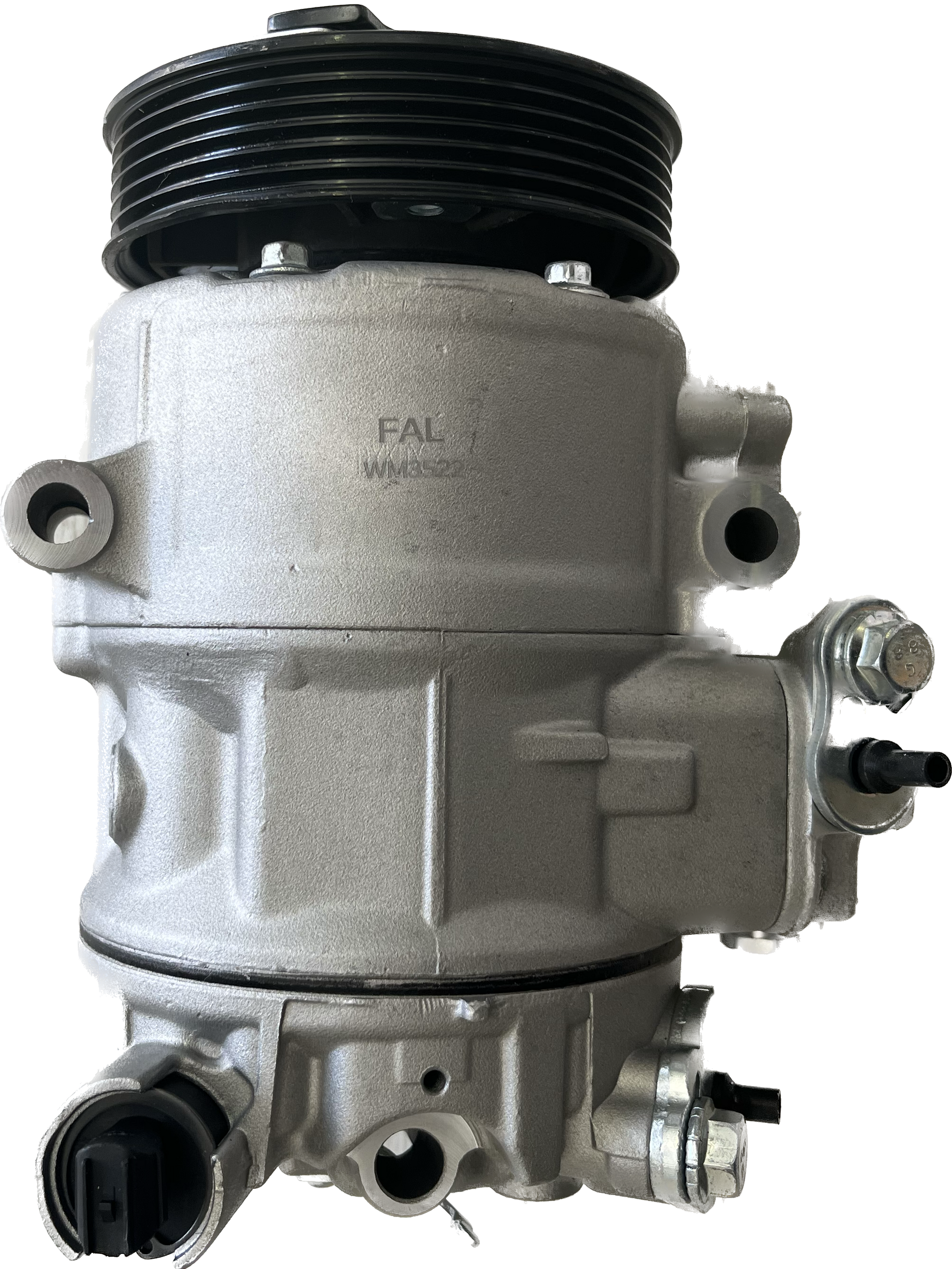Invest in a powerful clp engine for demanding tasks.
Invest in a powerful clp engine for demanding tasks.
Blog Article
Just How a Clp Engine Can Enhance Efficiency in Numerous Industries
The introduction of CLP engines notes a considerable shift in operational performance across various industries, driven by their ability to maximize gas usage and lessen downtime. Industries such as manufacturing and logistics stand to obtain significantly from their durable design and constant power output, which guarantee to simplify operations and boost productivity. As organizations significantly prioritize sustainability together with performance, the role of CLP engines ends up being much more important. What continues to be to be seen is how these improvements will shape the future landscape of commercial operations and their effect on broader economic trends (clp engine).
Review of CLP Engines
CLP engines, or Continual Fluid Propellant engines, represent a significant advancement in propulsion technology, specifically for space applications. These engines use a continuous feed system that enables the continual expulsion of propellant, causing enhanced performance and efficiency compared to traditional strong or hybrid propulsion systems. By preserving a constant circulation of liquid propellant, CLP engines can achieve extra exact thrust control, which is essential for maneuvering spacecraft in numerous mission circumstances.
The style of CLP engines integrates innovative materials and cutting-edge fuel management systems. clp engine. This causes decreased weight and raised dependability, essential variables for long-duration area goals. The constant procedure lessens the threat of combustion instability, a common difficulty in conventional rocket engines.

Advantages in Production
The manufacturing of Continuous Liquid Propellant (CLP) engines presents several notable benefits that boost both efficiency and cost-effectiveness. One of the primary benefits is the streamlined production process, which decreases the intricacy connected with standard propulsion systems. By making use of fluid propellant, producers can attain greater precision in engine efficiency, causing enhanced energy output and reduced waste.
In addition, CLP engines promote a higher degree of modularity, permitting simpler integration right into numerous production lines. This versatility can considerably lower preparations and improve total functional flexibility. The usage of CLP innovation also often tends to reduce the need for considerable maintenance as a result of fewer relocating parts, which translates right into decreased downtime and operational expenses.

Applications in Logistics
Leveraging Continuous Liquid Propellant (CLP) engines in logistics uses substantial benefits in functional performance and integrity. These engines give a durable remedy for different transport requirements, allowing the seamless movement of goods across vast ranges. The integral layout of CLP engines enables constant power outcome, which translates into smoother and extra foreseeable transport routines.
One of the key applications of CLP engines in logistics remains in durable freight transport, where they can drive both ground and aerial vehicles. Their capacity to preserve high performance under varying lots problems makes sure that delivery timelines are met, therefore improving client fulfillment. Furthermore, CLP engines can be integrated right into automated logistics systems, assisting in real-time tracking and optimizing course planning.
Moreover, the resilience of CLP engines minimizes upkeep downtime, allowing logistics firms to optimize their operational capacities. This is especially beneficial in warehousing procedures, where efficiency in taking care of and delivering goods is critical. As logistics remains to evolve, the assimilation of CLP engines represents a forward-thinking technique that not only enhances performance however also supports the industry's expanding demands for dependability and rate.
Effect on Power Efficiency
Exactly How do Continual Liquid Propellant (CLP) engines boost power efficiency in transport? CLP engines make use of a regular flow of liquid fuel, maximizing combustion procedures and keeping a steady drive result. This design lessens power losses connected with traditional burning engines, where gas shipment can vary and result in inefficiencies.
The continuous operation of CLP engines permits for a blog here more effective thermal cycle, resulting in greater details impulse compared to standard engines. clp engine. This translates to decreased fuel usage for the very same quantity of job done, considerably decreasing functional costs across various transportation markets, consisting of aeronautics and maritime sectors
In addition, the capacity of CLP engines to maintain optimal efficiency under differing lots problems lowers the demand for constant velocity and slowdown, better boosting gas performance. Boosted power effectiveness not just adds to cost savings however likewise causes reduce greenhouse gas discharges, lining up with worldwide sustainability goals.
Future Trends and Innovations
Emerging improvements in Constant Liquid Propellant (CLP) engine technology guarantee to revolutionize the landscape of transportation efficiency and sustainability. As industries pivot towards greener choices, CLP engines stand at the leading edge, incorporating cutting-edge materials and design approaches that improve performance while minimizing environmental influence.
Among check my blog the most promising trends is the fostering of crossbreed systems that integrate CLP engines with renewable power sources. This synergy can maximize fuel consumption and reduce exhausts, lining up with worldwide sustainability goals. Innovations in computational fluid characteristics (CFD) are assisting in the design of even more aerodynamically efficient engines, leading to lowered drag and improved gas effectiveness.
In addition, the development of clever tracking systems is established to improve functional efficiencies. These systems utilize data analytics and IoT innovation to maximize engine performance in real-time, ensuring that the engines operate within their most efficient specifications.
As research study remains to check out different propellant formulations-- such as biofuels and synthetic gas-- the future of CLP engines looks promising. By utilizing these technologies, industries can not just improve their effectiveness yet also contribute substantially to a cleaner, more sustainable future in transportation.
Verdict
In final thought, CLP engines stand for a considerable innovation in efficiency throughout numerous sectors. The combination of sophisticated materials and fewer relocating components lessens upkeep demands, while alignment with sustainability goals positions CLP engines as a pivotal modern technology for the future.
Report this page